You are here
Back to top2022 Global Banana Trade Review
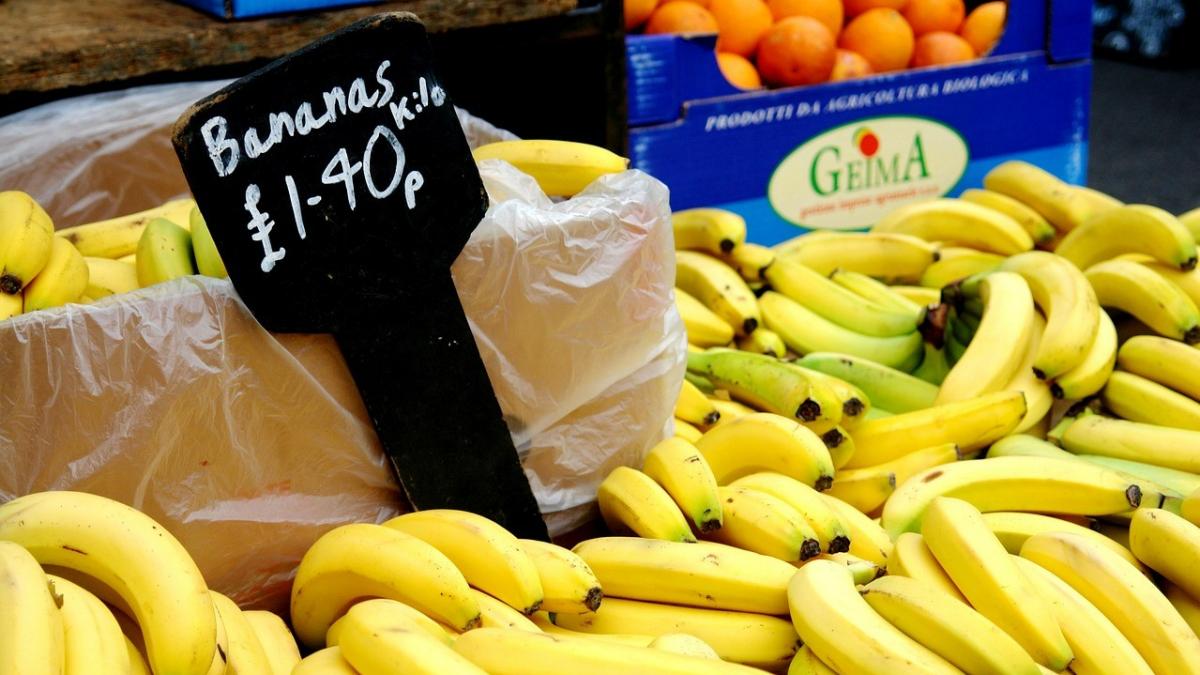
The Food and Agriculture Organization of the United Nations recently released a report reviewing the global banana market in 2022. According to the report, global banana exports continued a downward trend in the first half of 2022, which was in stark contrast to the rapid growth witnessed in the years preceding the COVID-19 pandemic. One of the major obstacles to the global banana trade was on the supply side, with demand from importing countries remaining relatively strong.
Other key factors affecting the banana trade in 2022 included adverse weather conditions, insufficient fertilizer application, a strong U.S. dollar against the currencies of major banana-exporting countries, and rising production and transportation costs. Concerns over the spread of plant diseases remained, especially with respect to banana fusarium wilt tropical race 4 (also known as Panama disease TR4). Also of note is that key markets including the United States and the European Union have imposed more stringent limits on maximum residue levels. Owing to these factors, banana prices hovered at high levels in the majority of importing countries.
However, industry sources also revealed that farm gate prices for bananas had remained stagnant at very low levels because of a handful of negative factors, including fierce competition among banana-supplying countries, quality problems occurring in some plantations and a largely saturated global market during the early months of the Russia–Ukraine war. Squeezed profit margins for banana producers have exerted a severe impact on the present and future operability and sustainability of the banana industry.
Exports
The report estimates that global banana exports (excluding plantains) reached 19.6 million metric tons in 2022, down by 4% compared with the previous year. Similar to 2021, with the exception of Guatemala and Colombia, most key banana-producing countries experienced negative growth in banana exports, with several countries seeing double-digit declines in the first half of 2022.
Banana shipments from Latin America and the Caribbean are estimated to have totaled 15.1 million metric tons, representing a 5% year-on-year decrease. As the world’s largest banana exporter, Ecuador witnessed an unprecedented 8% decline in its banana exports in the first seven months of 2022. According to industry insiders, low temperatures in the country had affected its banana production and quality, thus increasing costs and decreasing profitability. Imports of important fertilizers such as urea from Russia and Ukraine were also disrupted by the war, and the resulting fertilizer shortage affected the quality of bananas to a great extent. Meanwhile, Ecuadorian banana growers also had to spend additional funds to implement preventive measures against the spread of Panama disease, which had been rampant in neighboring Colombia and Peru.
Costa Rica, another key banana exporter in the region, encountered similar challenges to Ecuador. Its estimated banana production in 2022 was 2.1 million metric tons, down by 9% compared with 2021.
Guatemala, the region’s third-largest banana exporter, experienced a 10% increase in its banana exports during the first eight months of 2022, with the full-year export volume estimated at 2.5 million metric tons.
Banana exports from Asia are estimated to have contracted by 2% to just below 3.9 million metric tons in 2022, marking the third consecutive year of declines. During 2020 and 2021, banana exports in Asia were greatly hindered by the COVID-19 pandemic and outbreaks of Panama disease.
Around 60% of Asia’s banana exports originate from the Philippines. However, the impact of Panama disease and high input costs have placed significant pressures on the country’s banana industry. Banana exports from the Philippines are estimated to have totaled 2.3 million metric tons, shrinking by 6%. In addition, growing demand from China and the Middle East has motivated investments in banana plantations in Vietnam, Cambodia and India. Banana exports from Vietnam and Cambodia are expected to have achieved double-digit growth in 2022. Meanwhile, India is estimated to have exported 350,000 metric tons of bananas in 2022, corresponding to a 3% year-on-year increase.
Banana exports from Africa are projected to have grown by 4% in 2022 to 660,000 metric tons, which is very close to pre-pandemic levels. The main driving force behind this increase was Cameroon, which shipped 15% more bananas in 2022.
Imports
Global banana imports in 2022 are estimated to have dropped by 2.5% to just below 19 million metric tons, around 500,000 metric tons less than the previous year. While demand stayed essentially unchanged in most importing markets, the global banana trade in the first seven months was hampered by reduced exportable volumes and disruptions to global shipping. Bolstered by strong domestic demand and ample supplies from Southeast Asian countries, China continued to register rapid growth in its banana imports in 2022.
According to data from China Customs, China’s banana imports increased by 2.5% in the first nine months of 2022. Based on this trend, China is estimated to have imported 2 million metric tons of bananas in 2022, accounting for 11% of global banana imports and consolidating the country’s position as the world’s third-largest banana importer. During the first nine months of 2022, China imported 670,000 metric tons of bananas from Vietnam and Cambodia, up by 10% over the same period of the previous year. In the meantime, imports from the Philippines fell by 8%. In previous years, Philippine bananas always accounted for approximately 50–70% of China’s total banana imports. However, the share was only 38% in the first nine months of 2022. Meanwhile, imports from Ecuador grew by 4% to 160,000 metric tons in the first nine months of 2022, despite remaining nearly half of pre-pandemic levels. The average unit price of Ecuadorian bananas stood at $700 per metric ton, around 30% higher than that of Vietnamese bananas. In recent years, massive Chinese investment has flooded into the banana industry in Laos. However, imports of Laotian bananas decreased by 9% in the first nine months of 2022 because of the strict COVID-19 control measures implemented by both countries during this period.
Image: Pixabay
This article was translated from Chinese. Read the original article.



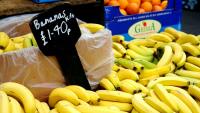

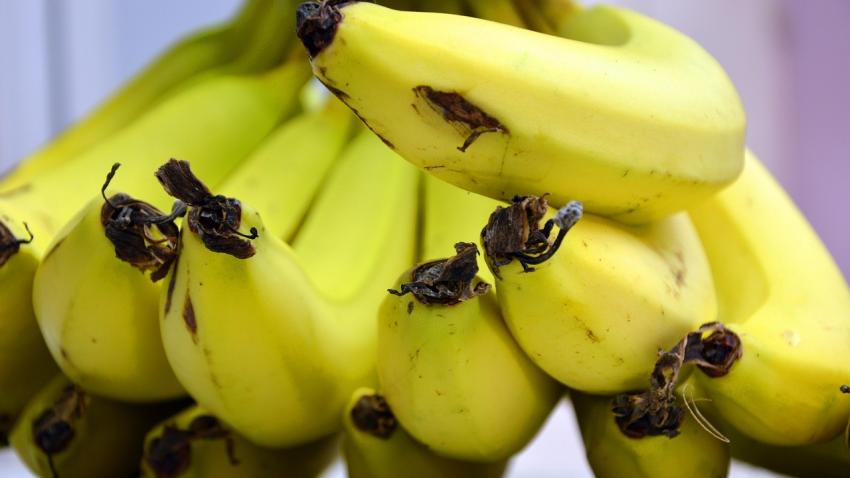
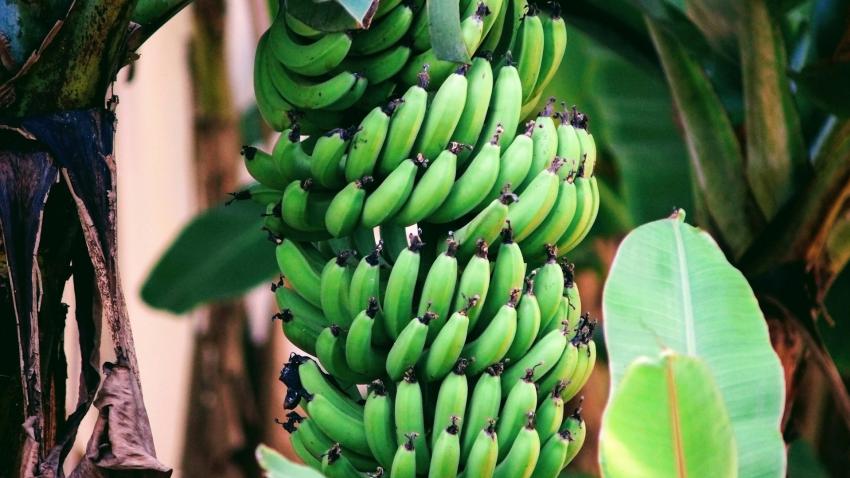
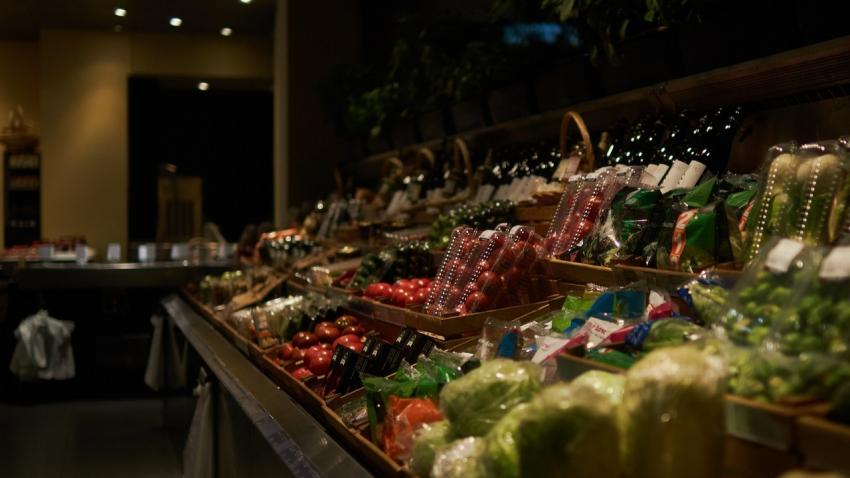







Add new comment